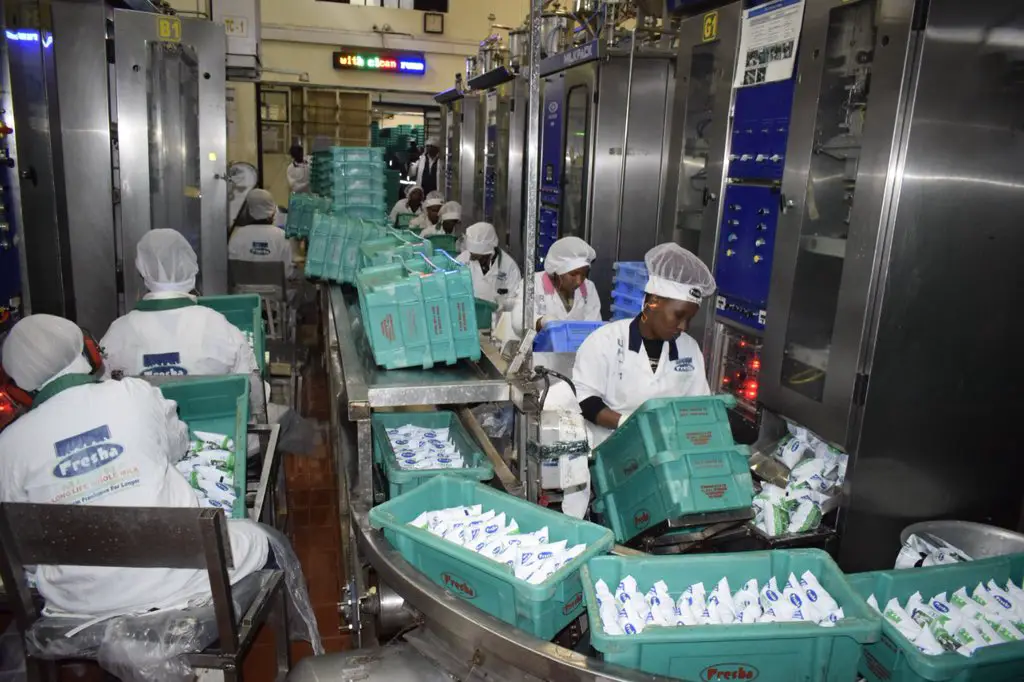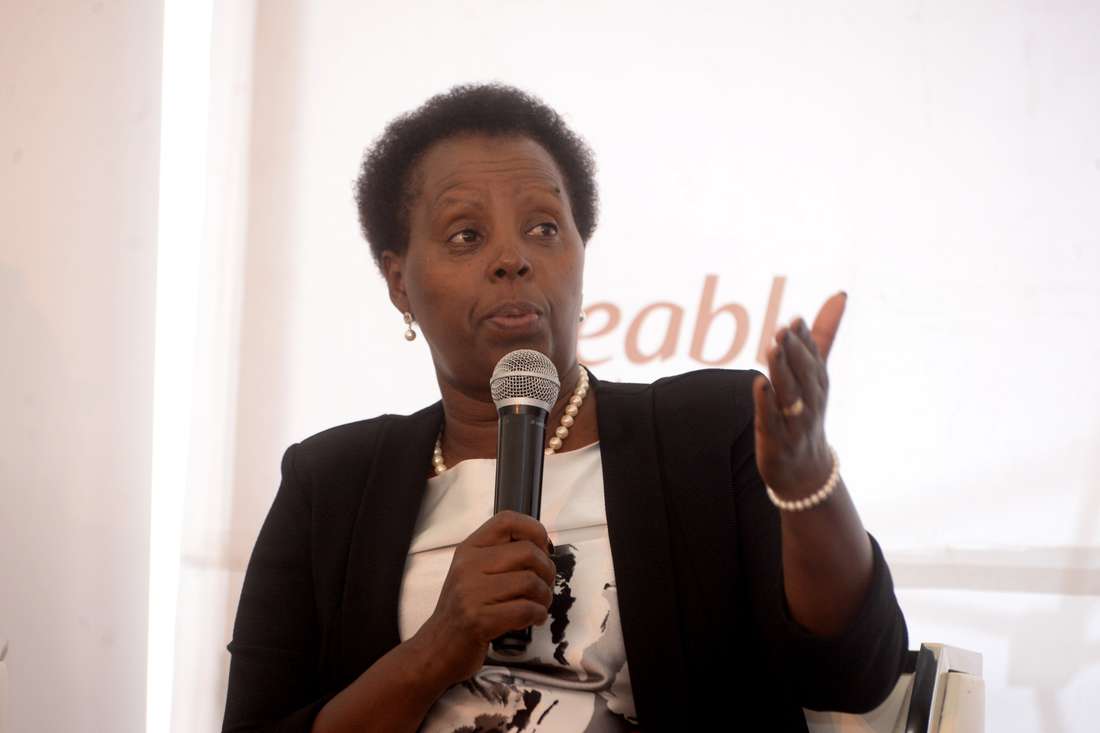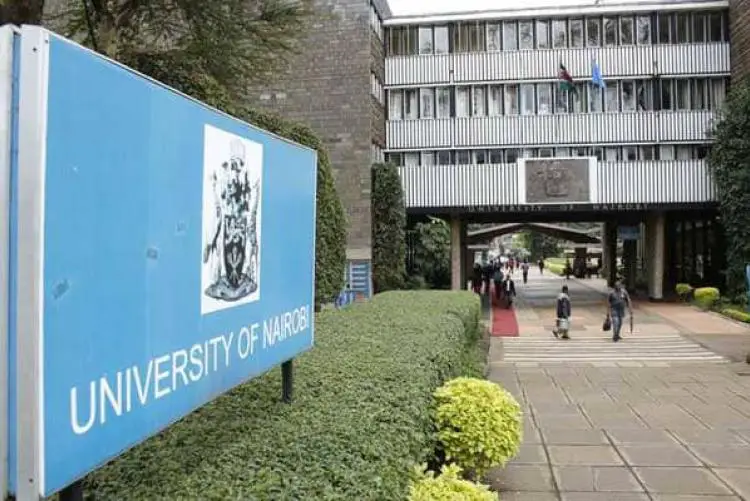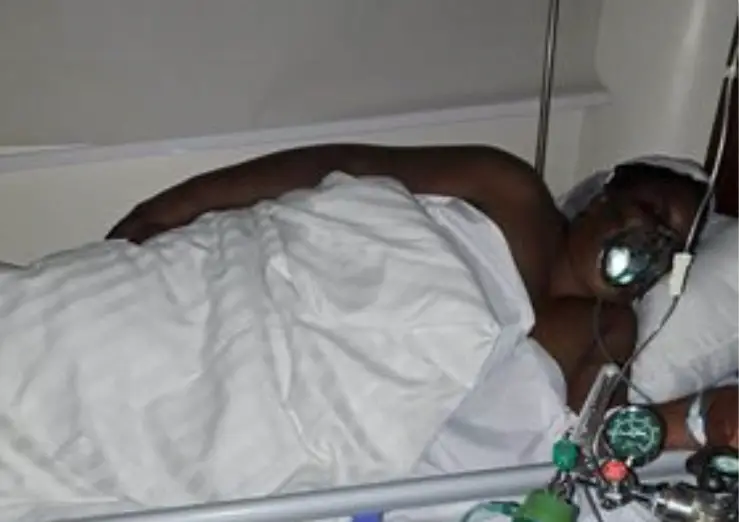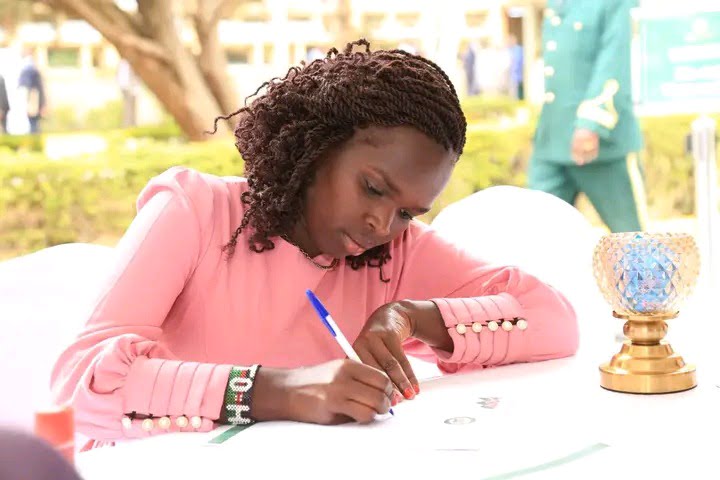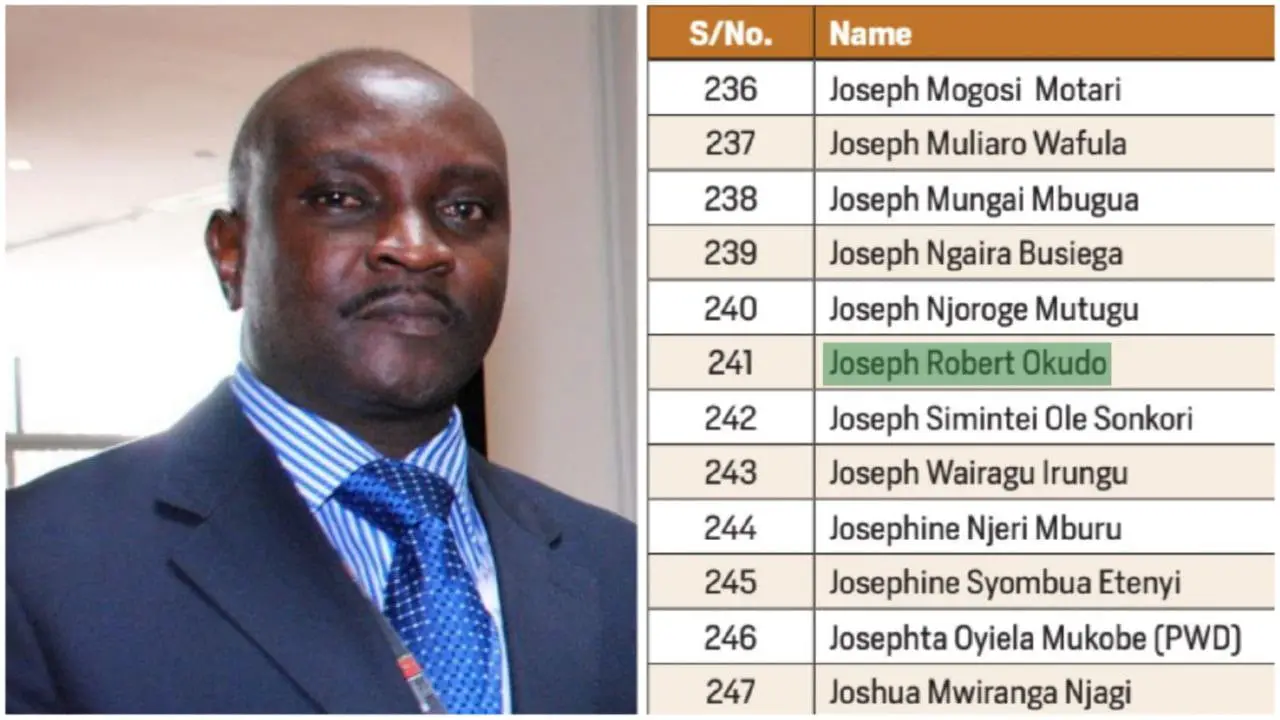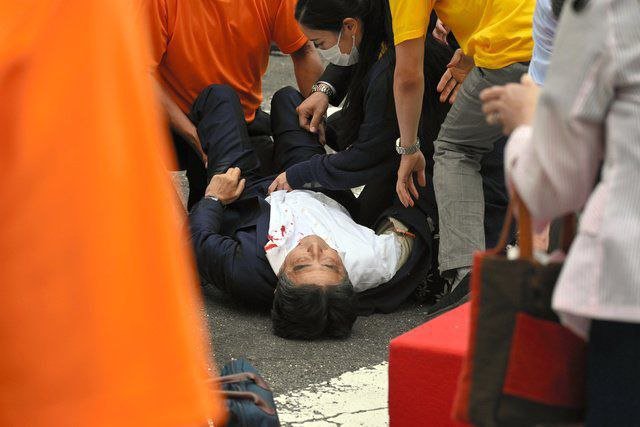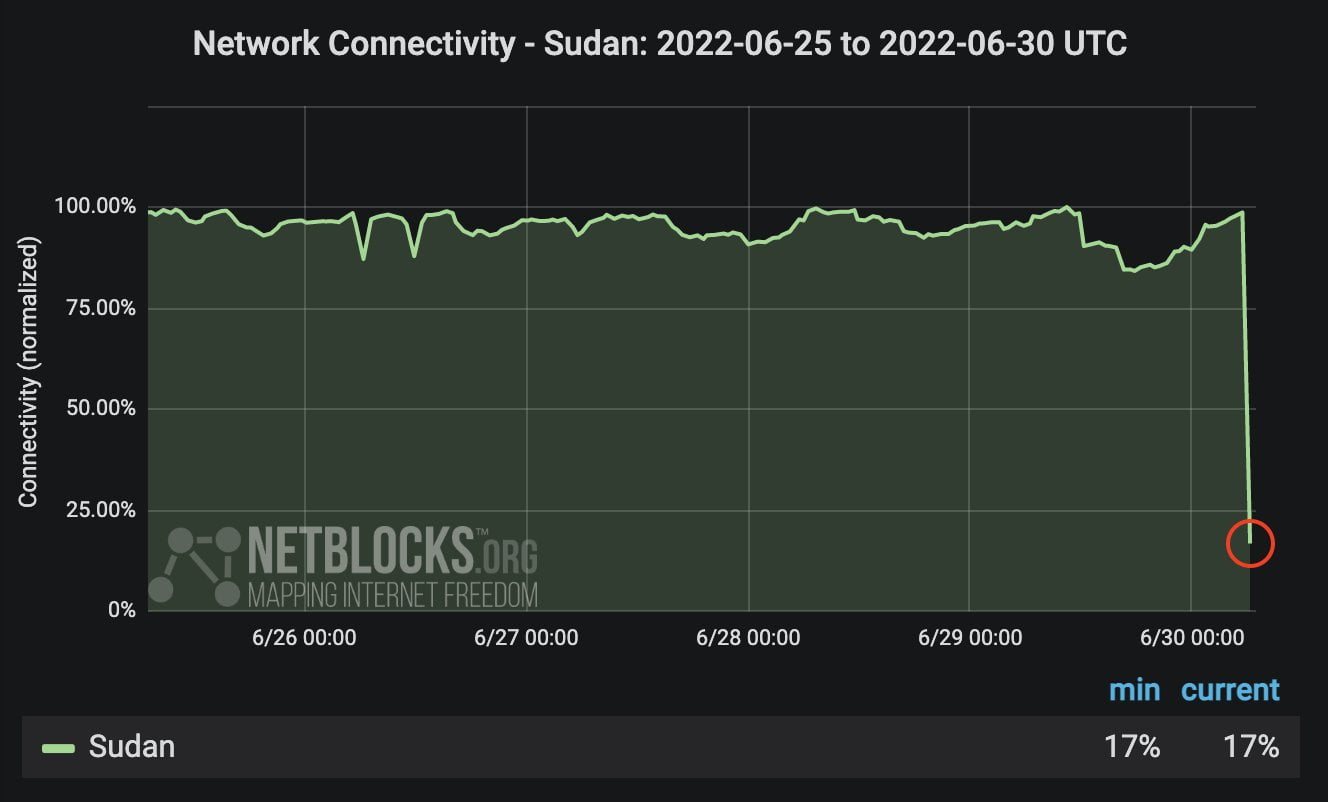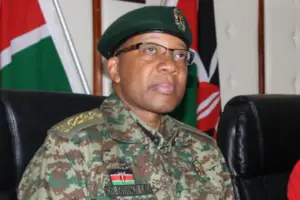The noose is tightening on criminals as a re-energised police service use fingerprint lifting, Sh15 billion Integrated Command and Control Centre and DNA Profiling to nab criminals.
Add these to the prevailing political goodwill, improved coordination between the Directorate of Criminal Investigation (DCI), Directorate of Public Prosecutions (DPP) and creation of a multi-agency task force and space gets more constricted for criminals.
Nairobi City is proving to be the worst place for criminals to stage serious crimes. Practically every major crime committed in the city in the last few months has been followed by major arrests, placement of suspects to crime scenes and identification of accomplices.
From the assassination of former Kabete MP George Muchai in 2015, the killing of lawyer Willy Kimani, slaughter of Monica Kimani a few weeks ago and countless terror attacks stopped in their tracks, the city has become too hot for criminals.
“Technology has been the mainstay of our investigations,” Director of the Directorate of Criminal Investigation (DCI) George Kinoti told the Saturday Standard yesterday.
Specialised training
He said the revitalisation of the Criminal Intelligence Unit (CIU) and Cyber Crime Units to international standards had given sleuths an upper-hand over criminals.
Also, the rejuvenation of the Crime Research Bureau and scaling down of specialised units from big disjointed to small highly vetted units and specialised training for officers has also improved the situation.
“There also is more collaboration with other crime-fighting agencies including Interpol,” the DCI boss affirms.
The coordination between the DCI and the Office of the Director of Public Prosecutions (ODPP) has also made it more difficult for criminals to get away because highly qualified prosecutors are now enjoined in investigations to guide officers in sealing loopholes that might be overlooked in the prosecution of the cases.
Kinoti recently visited European and Arab countries on a comparative study of how technology is being used to detect, monitor and prevent crime. He has since embarked on getting his officers to embrace technology in fighting crime.
More officers are conducting online research. The investment in the UC3 is also being cited as a game-changer in security especially around the city, the nerve centre of the country’s criminal networks. Officers manning the IC3 command post can monitor any CCTV covered street or building, detect criminals and alert their counterparts on patrol.
The cameras are of high definition that an officer can clearly read any document an individual walking, sitting or standing has. Supplementing this is the phone tracking technology which DCI has been perfecting over time.
When Muchai and his bodyguards were murdered in the city centre three years ago, the first port of call for investigators was the IC3 which had just been established. At the IC3, they identified the vehicle which suspected carjackers had used by relying on Intelligence Video Surveillance and the Automatic number plate recognition solution.
Armed with the vehicle’s registration number, the detectives visited the Motor vehicle registration office at Kenya Revenue Authority (KRA) where they identified the female owner of the motor vehicle and tracked her to her residence in Langata.
She later revealed she had sold the vehicle to a woman traced to Westlands who later revealed that they had been carjacked and were in the car when the gangsters shot and killed the legislator and his two bodyguards.
Using telephone technology, the detectives tracked the stolen mobile phones to a stolen goods broker and later the killers in Ruiru where they were arrested and the murder weapon recovered in Uthiru area.
Main suspects
Buoyed by this, sleuths deployed similar technology in tracking killers of International Justice Mission lawyer Kimani in June 2016. This week, Kennedy Mwadime- an investigator- explained in court how technology placed the main suspects at the scene of crime.
Mwadime who works at the Jogoo House based Integrated Communication Command Control Center, explained how they tracked a police radio and discovered, at some point, it was at an isolated field, where Kimani and his client are suspected to have been dragged to, and mercilessly eliminated.
The officer also retraced the lawyer’s final movement as it was captured by surveillance cameras. He explained in detail how police use ICT security surveillance to monitor and nab criminals.
The Centre, it was revealed collects and stores information captured by intelligence video surveillance cameras installed on major roads within the city. An Automatic Number Plate Recognition Solution (ANPRS) is also used to blacklist vehicles placed on a watch list.
The court also heard that the centre is able to monitor and store critical information captured by fourth generation police radios.
In investigating Sharon Otieno’s murder in Kodero forest and the butchering of Monica in Kilimani, detectives relied on DNA and telephone technology to link the suspects to the crimes.
Some suspects had been placed at the crime scene while others were monitored and tracked to Nairobi’s Kayole area after communicating with their accomplices already in custody.
Migori Governor Okoth Obado, his personal assistant Michael Oyamo and ex-MCA Lawrence Mula are among suspects arrested by police in connection with Sharon’s brutal murder.
Similarly, detectives investigating Monica’s murder have largely relied in technology and DNA to link the suspects Joseph Irungu aka Jowie and news anchor Jackie Maribe to the heinous crime.
Detectives are reported to have identified Jowie in the CCTV footage captured at Lamuria Gardens apartment off Dennis Pritt road.
Analysis of his mobile phone communication revealed that he contacted four people including a politician, a doctor and a former radio presenter immediately after leaving the slain woman’s residence. Detectives have revealed that analysis of DNA from the slain businesslady linked ‘Jowie’ to the crime scene.
Security expert Capt (Rtd) Simiyu Werunga admits that mobile phone tracking, facial recognition technology, Intelligent Video Surveillance and the Automated number plate recognition solution have helped police solve crime, but insists that more should be done.
He opines that although the use of technology has not assisted in stopping the vice.
“Technology has made their work easier but a lot needs to be done. Serious crime management systems need to be real time. The cameras are supposed to be monitored by a dedicated team that is alternated regularly and responses and feedback made in real time. Unfortunately, our system is only used to trace back how the crime was committed and help them apprehend suspects instead of preventing the commission of the crime,” the security expert says.
Crime, he says cannot be managed in retrospect unless in homicide cases which are well planned to trace back and help solve cases.
According to Werunga, Kenya would have been more safe had police been monitoring their newly acquired technology in real time, making decisions and advising officers on the ground to respond to crime scenes in the recommended response times.
Former police officer turned security expert George Musamali acknowledges the importance of the use of technology in detection, deterring and solving crime but says the country needs to equip police more.
“We have seen how useful technology can be in detecting, deterring and solving crime. We know what our security agencies have and it is important to equip our detectives to enable them do what the Turks are doing to investigate the disappearance of journalist Jamal Khashoggi at the Saudi embassy in the country. They are using technology probe the embassy’s sewerage system,” Mr Musamali says.
He says that Kenyans should campaign to legalise some of the technology that will assist security agencies make the country more secure. “We have seen what our detectives can do, we know what they have and we can do better. Lets make use technology legal,” Musamali says.


